- DroidAfrica
- OPPO
- OPPO Find X5 Pro (Snapdragon)
OPPO Find X5 Pro (Snapdragon)
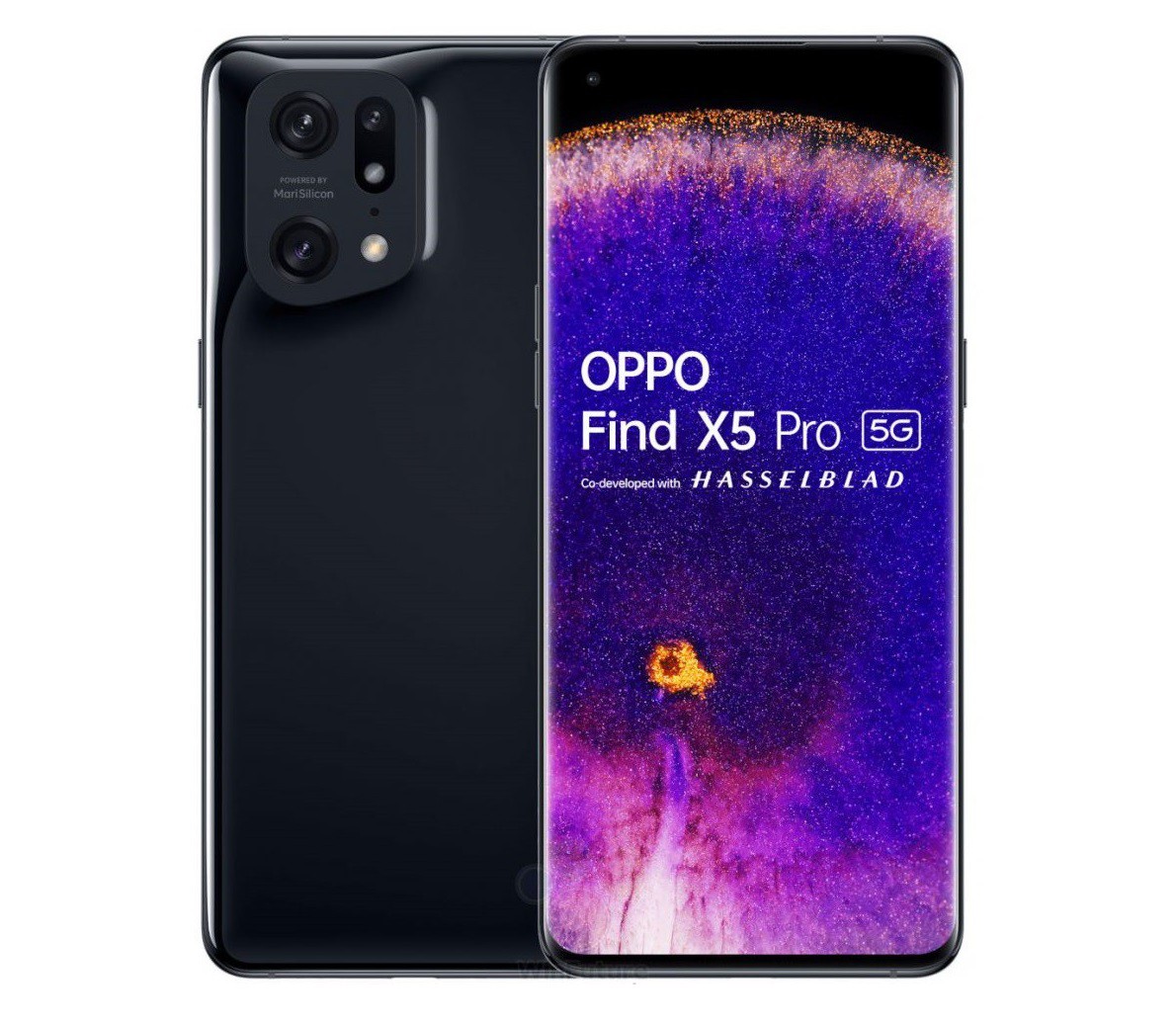
OPPO Find X5 Pro (Snapdragon) Highlights and Overview
The OPPO Find X5 Pro is the higher variation to the standard Find X5 model. This unit has a larger display, larger RAM and powered by a better CPU. It comes in a 6.7-inches LTPO2 AMOLED screen, with 1440 x 3216 pixels. The screen features 120Hz refresh rating, HDR10+ and up to 1300 max brightness nits.
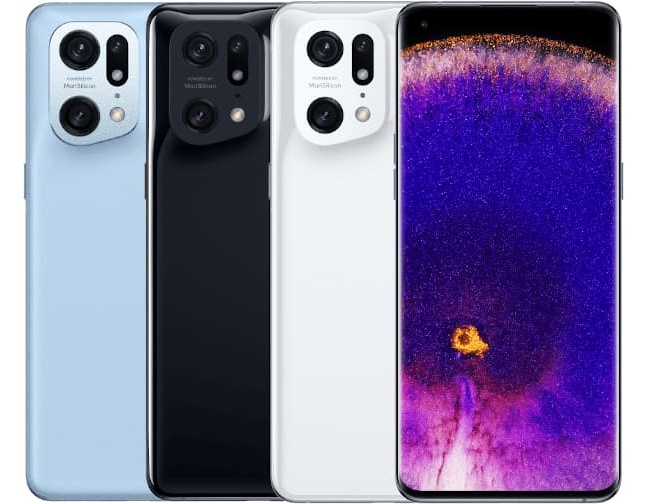
On the inside of the Find X Pro, there is Qualcomm’s Snapdragon 8 Gen 1 8-core CPU. The SoC is maxed @3.0GHz, has Adreno 730 GPU, and backed by 12-Gigs of RAM, with either 256/512 non-expandable storage.
The camera specification on these Pro model is almost same as the none Pro Find X5. These includes a 50-megapixel primary lens, but with f/1.7 aperture with 3-axis sensor-shift and 2-axis lens-shift OIS. The other two lenses includes a 50-megapixel ultrawide lens, and a third 13-megapixel telephoto lens, while a single 32-megapixel selfie lens seats on the front.
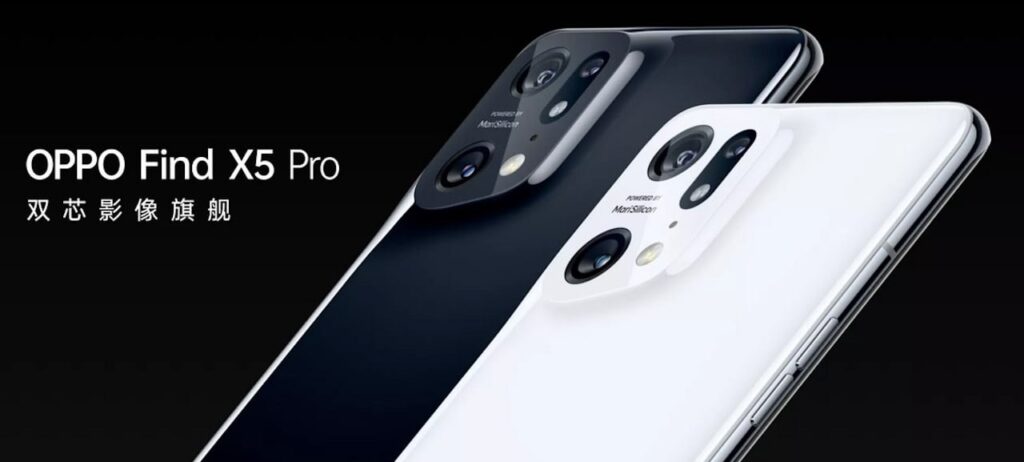
The battery on these model comes from a 5000mAh unit with 80W wired and 50W wireless fast charging. The phone has an in-screen fingerprint scanner and boot Google Android 12 with ColorOS 12.1 out of the box. The table below contains the full specifications of OPPO Find X5 Pro.
OPPO Find X5 Pro (Snapdragon) Full Specifications and Features
NETWORK
| Technology | GSM / CDMA / HSPA / CDMA2000 / LTE / 5G |
| 2G Network Bands | GSM 850 / 900 / 1800 / 1900 - SIM 1 and SIM 2 |
| 3G Network Bands | HSDPA HSDPA 800 / 850 / 900 / 1700(AWS) / 1900 / 2100 |
| 4G Network Bands | LTE band 1, 2, 3, 4, 5, 7, 8, 12, 13, 17, 18, 19, 20, 25, 26, 28, 32, 34, 38, 39, 40, 41, 42, 66 |
| 5G Network Bands | 5G band 1, 2, 3, 5, 7, 8, 12, 13, 18, 20, 25, 26, 28, 38, 40, 41, 66, 77, 78, 79 SA/NSA |
| Speed | HSPA 42.2/5.76 Mbps, LTE-A, 5G |
LAUNCH
| Also Known As |
- - |
BODY
| Dimensions | 163.7 x 73.9 x 8.5 mm |
| Weight | 218 grams |
| Build |
Glass front (Gorilla Glass Victus) / Ceramic back / Aluminum frame + Water / Dust Resistance / IP68 rated |
| SIM Type | Dual SIM (Nano-SIM, eSIM, dual stand-by) |
DISPLAY
| Display Type | LTPO2 AMOLED touchscreen / 1B colors / 120Hz refresh / 1300 nits (peak) / HDR10+ |
| Size | 6.7 inches, (89.6% screen-to-body ratio) |
| Resolution | 1440 x 3216 pixels, 20:9 ratio (525 ppi density) |
PLATFORM
| Operating System | Android 12, ColorOS 12.1 |
| Chipset | Qualcomm SM8450 Snapdragon 8 Gen 1 (4 nm) |
| CPU | Octa-core (1x3.00 GHz Cortex-X2 & 3x2.50 GHz Cortex-A710 & 4x1.80 GHz Cortex-A510) |
| GPU | Qualcomm Adreno 730 |
MEMORY
| RAM + ROM | 8GB + 128GB / 12GB + 256GB / 12GB + 512GB |
| Card Slot | No |
MAIN CAMERA
| Camera Type | Triple Lenses |
| Camera Sensor(s) |
Main: 50MP, f/1.7, IMX766, omnidirectional PDAF, OIS, 1/1.56" sensor size, (3-axis sensor-shift, 2-axis lens-shift), Ultrawide: 50MP, f/2.2, 110˚ FoV, Telephoto: 13MP, F/2.4, multi-directional PDAF |
| Camera Features | PDAF / Autofocus / Digital zoom / Panorama / HDR / Touch focus / Face detection / gyro-EIS / HDR / 10‑bit video / LED flash / Hasselblad Color Calibration / Dedicated MariSilicon X image chip |
| Video Resolution | 4K@30/60fps, 1080p@30/60/240fps |
SELFIE CAMERA
| Camera Type | Single Lens |
| Camera Sensor(s) | 32-megapixel punch hole camera |
| Camera Features | FaceID / Face beautification / HDR, f/2.4 / gyro-EIS |
| Video Resolution | 1080p@30 |
SOUND
| Loudspeaker | Yes, with stereo speakers |
| Speaker Location | Placed at the basement and top |
| Audio Jack Type | No |
CONNECTIVITY
| Bluetooth | Bluetooth 5.2, A2DP, LE, aptX HD |
| NFC | |
| GPS | Yes, with dual-band A-GPS, GLONASS, BDS, GALILEO, QZSS, NavIC |
BATTERY
| Battery Capacity | Non-removable Li-Po 5000mAh battery |
| Wireless Charging | Yes, 50W charging |
OTHER FEATURES
| Sensors | Fingerprint (side-mounted), accelerometer, proximity, compass |
| Box Contents | Charging Brick / USB cable |
OPPO Find X5 Pro (Snapdragon) User Reviews and Opinions
Disclaimer Note
This specification was entered manually, hence we CANNOT guarantee 100% accuracy. Any error? Let us know in the comment section.







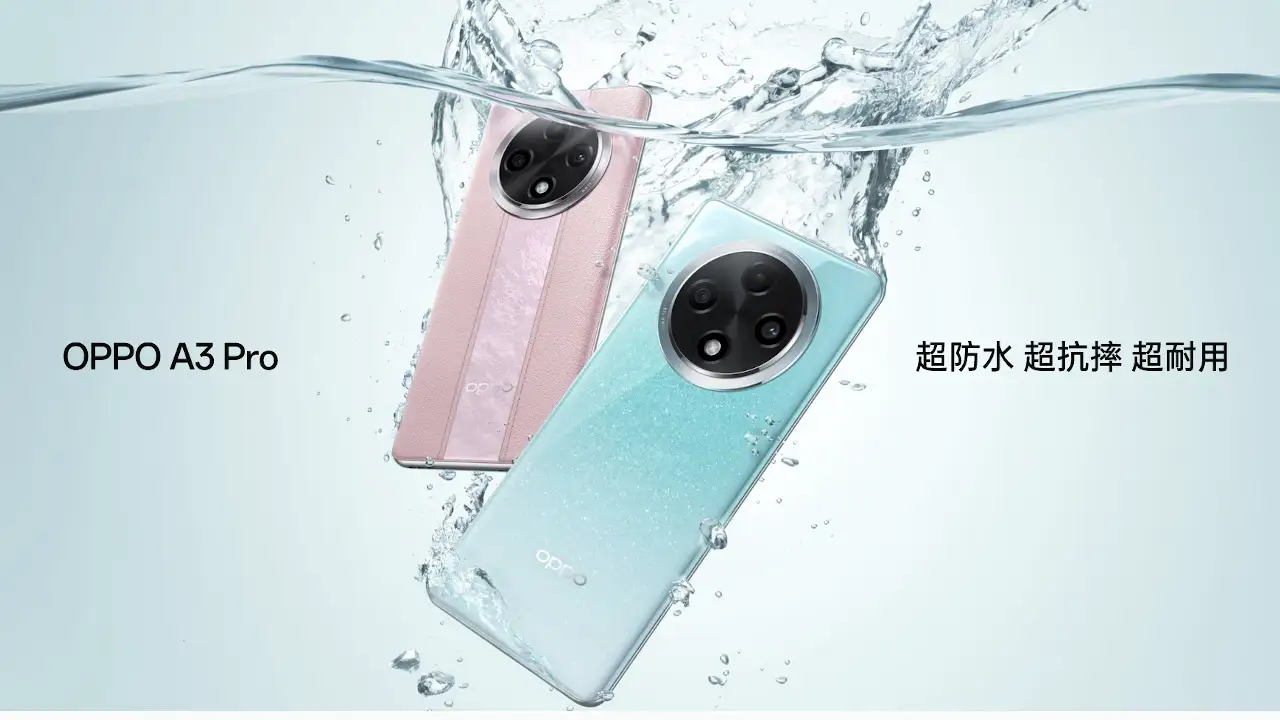

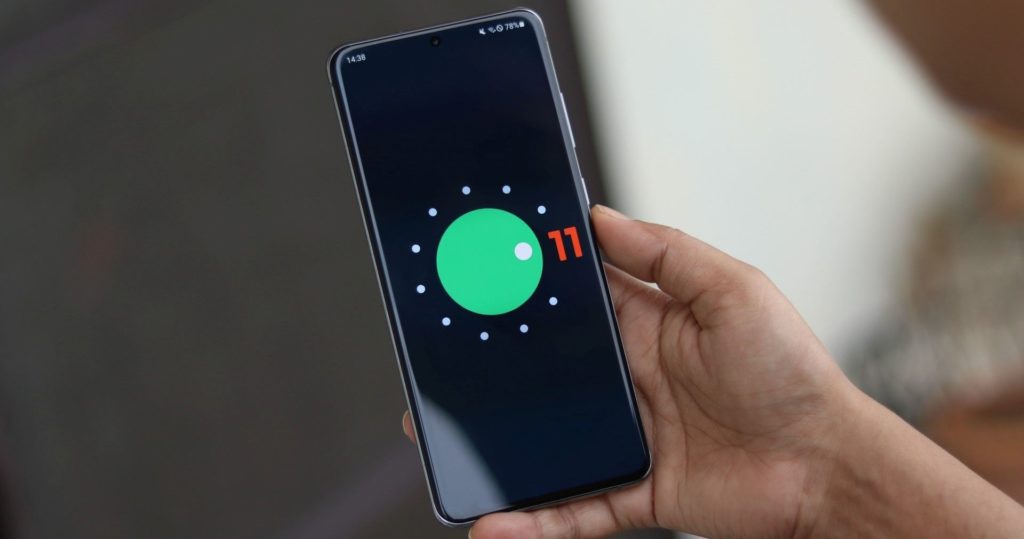
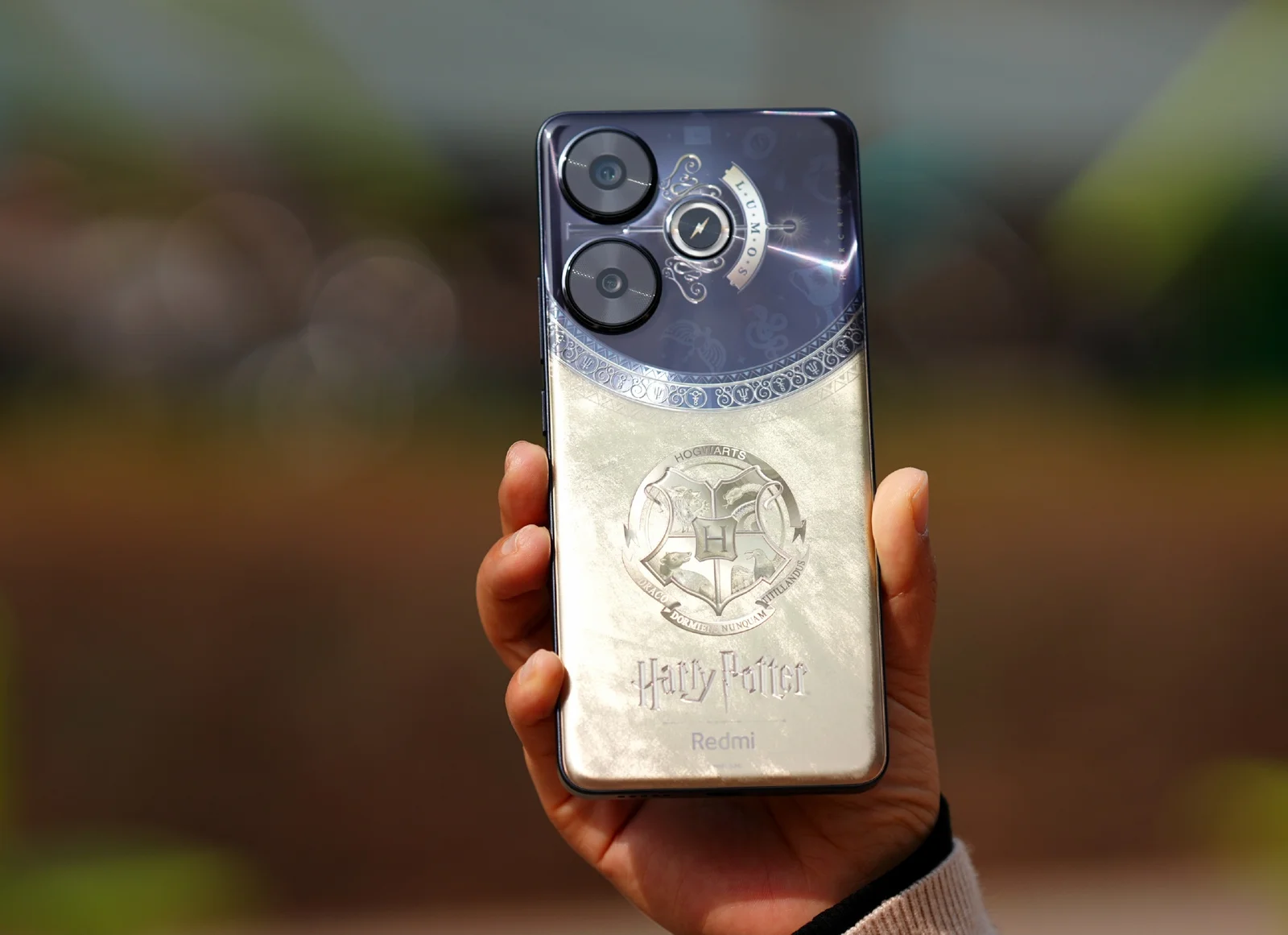
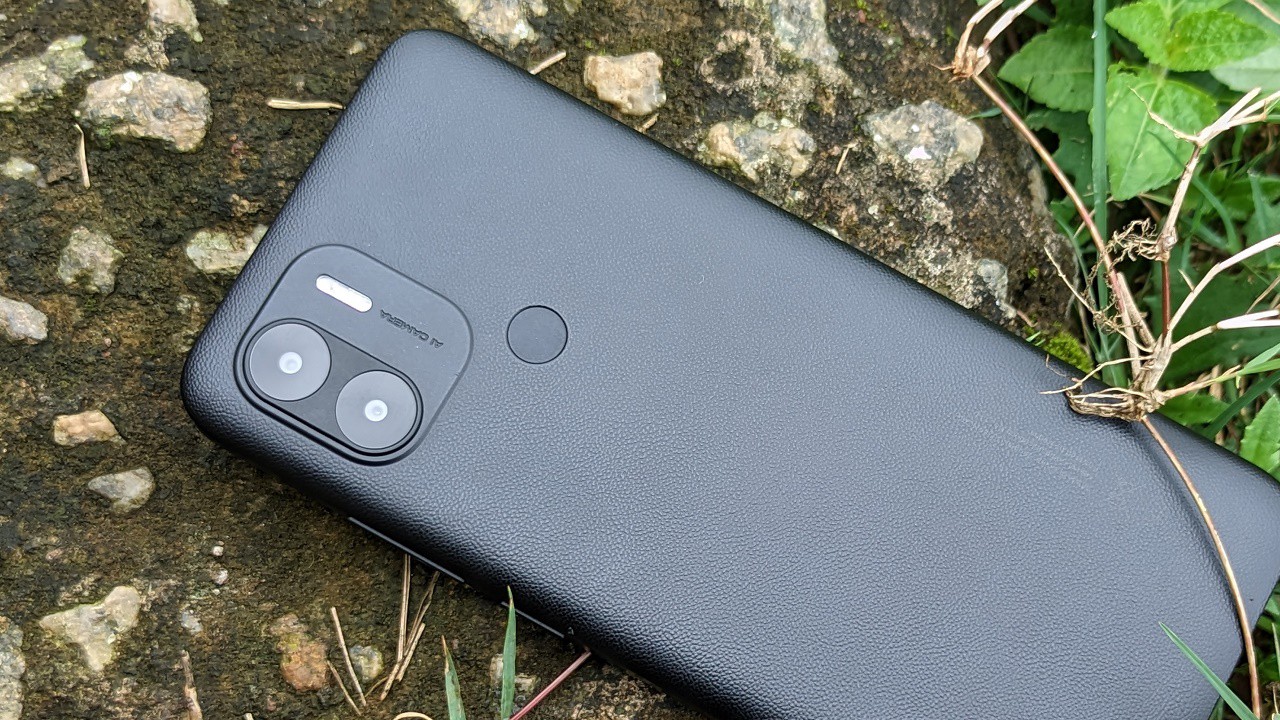
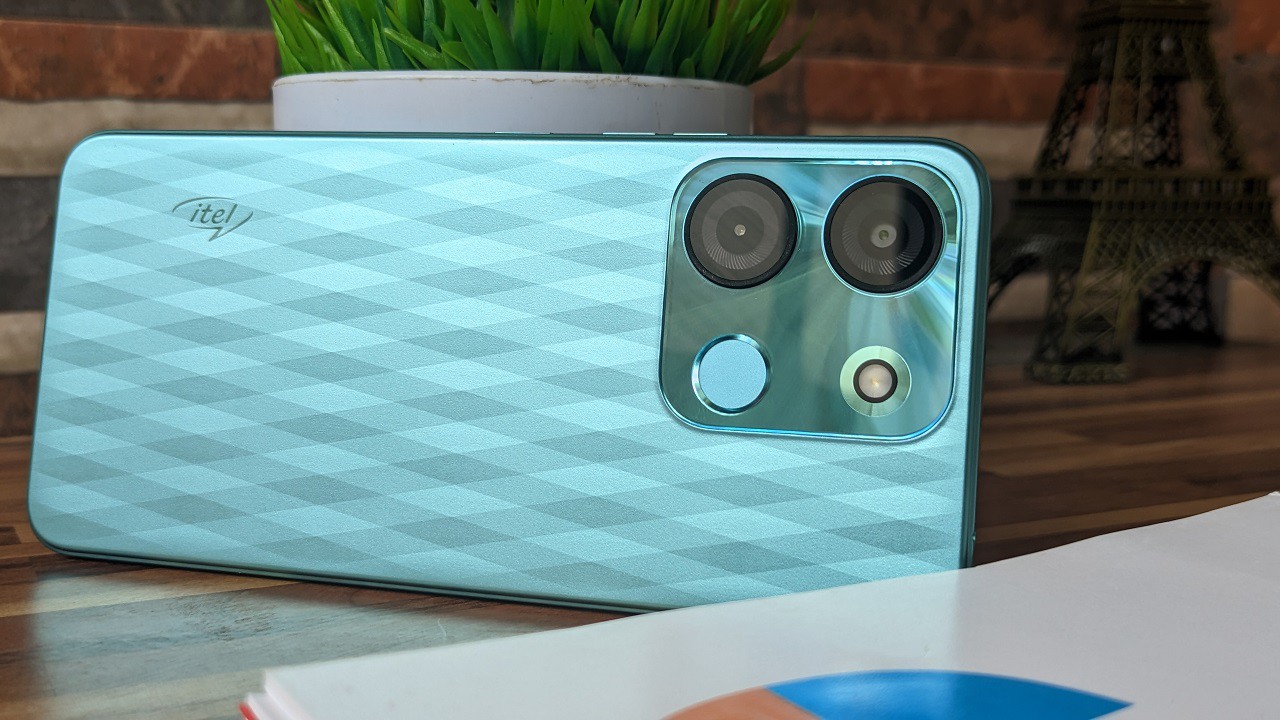
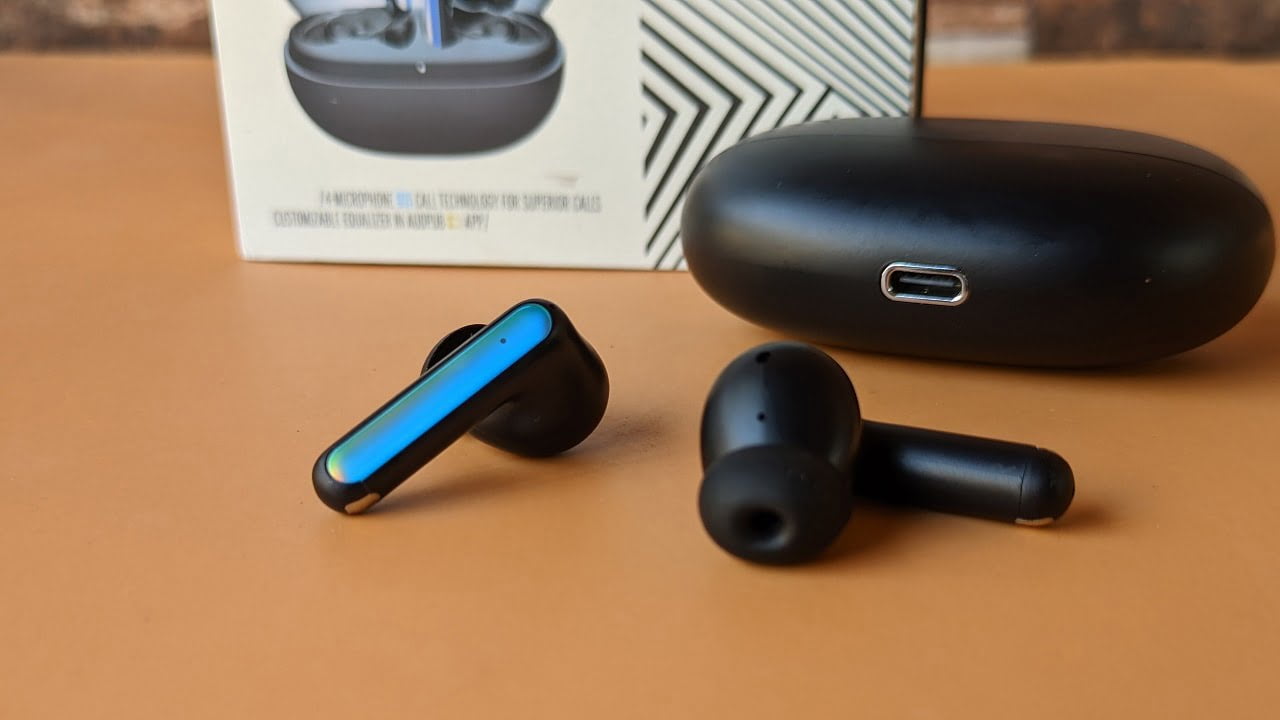
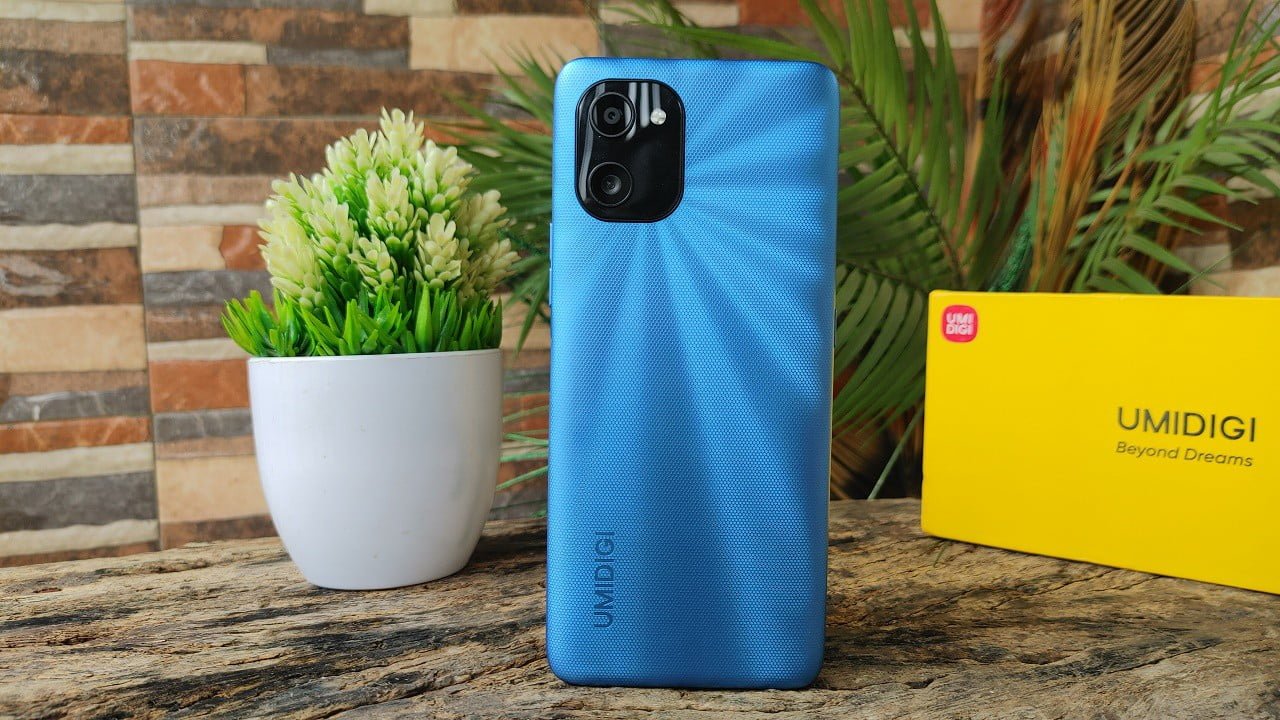
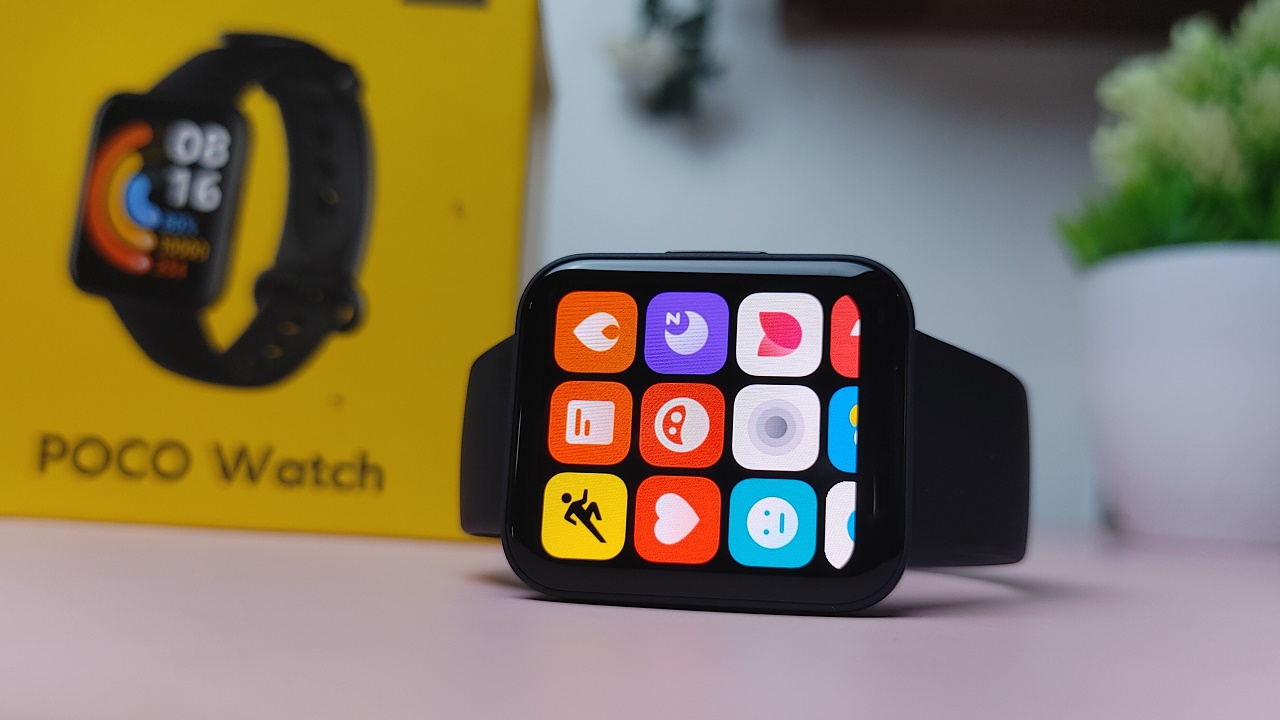
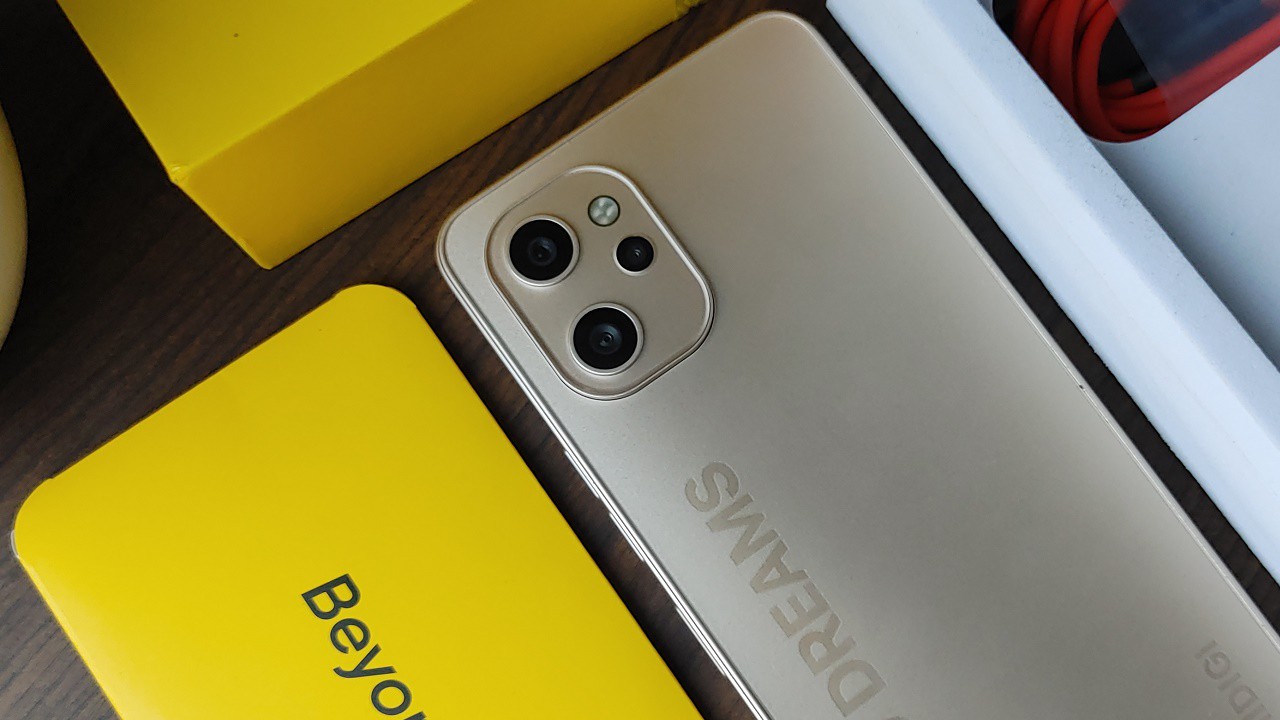
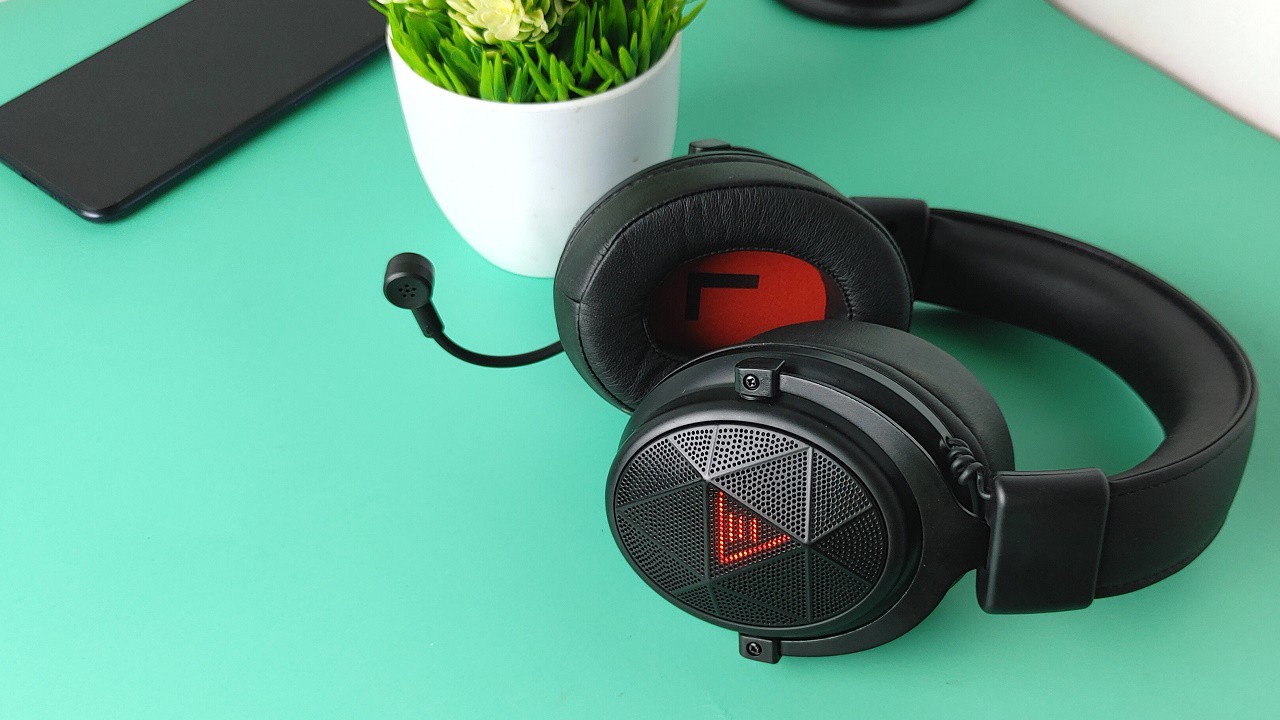
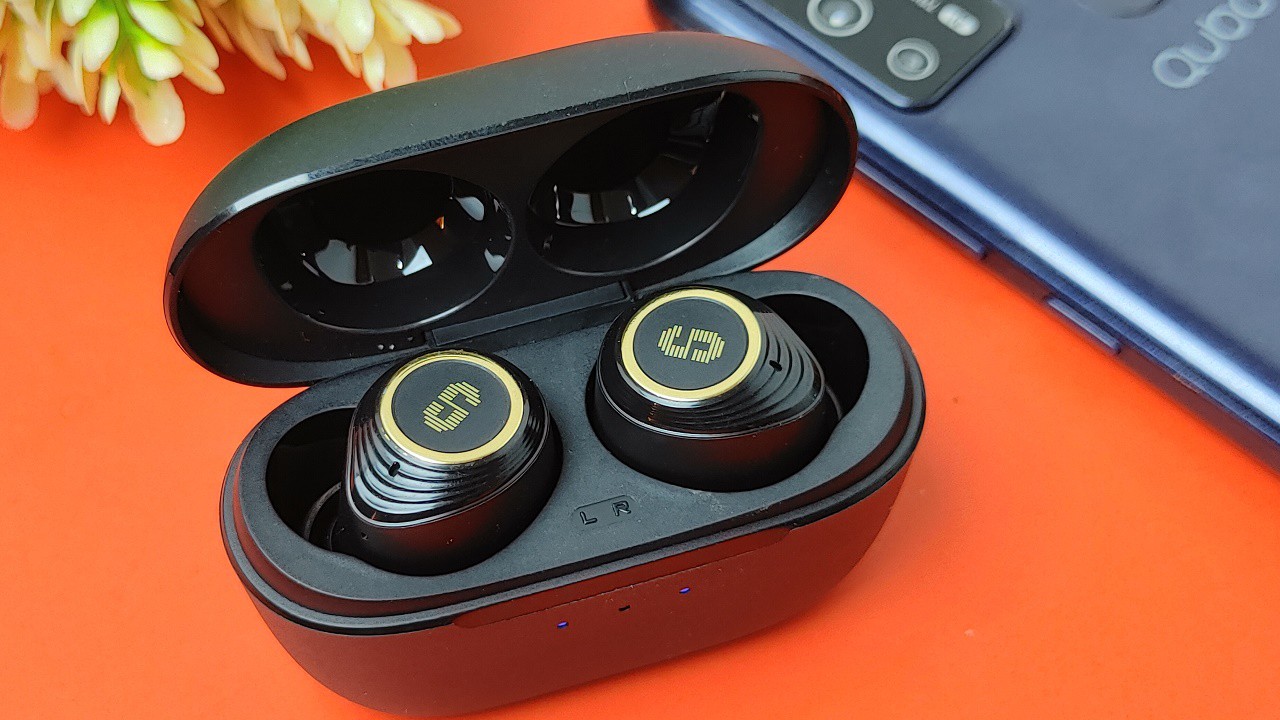
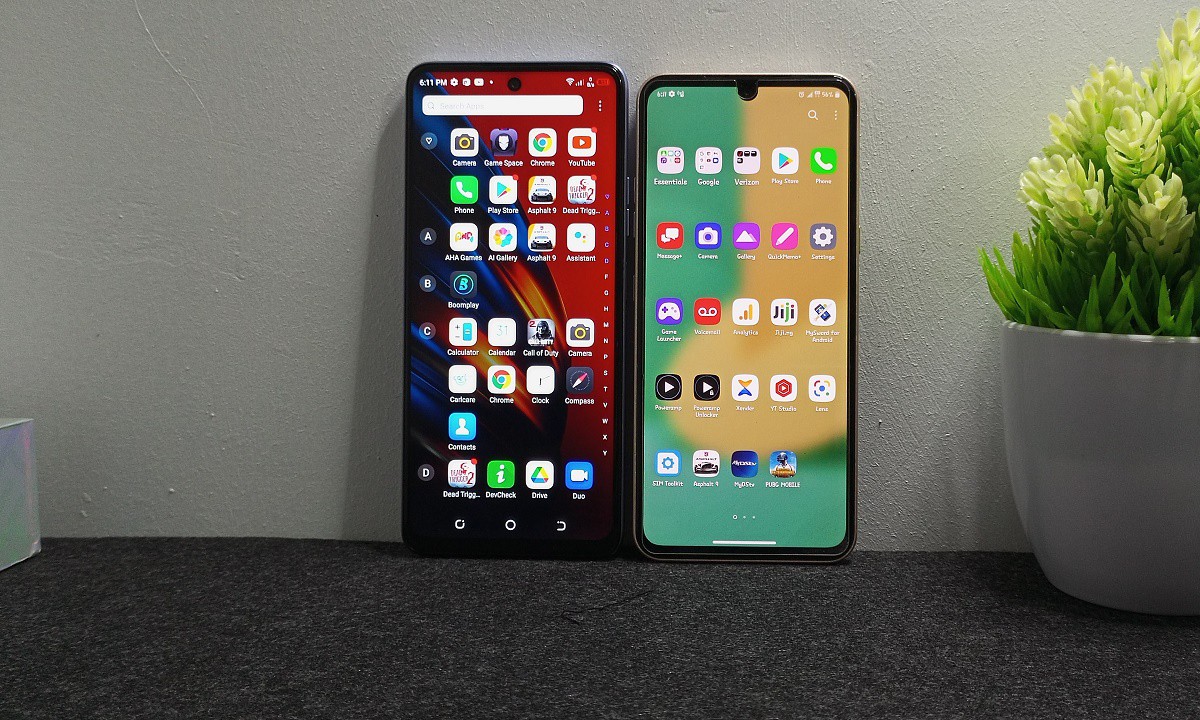

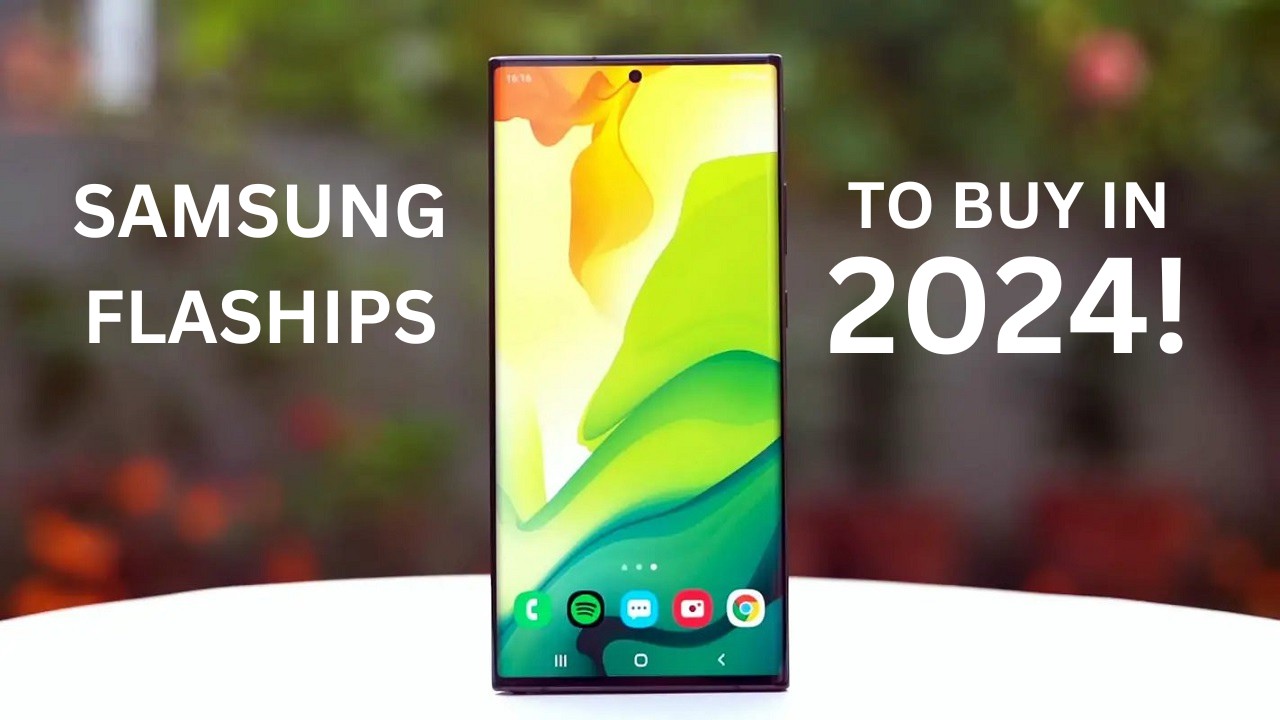
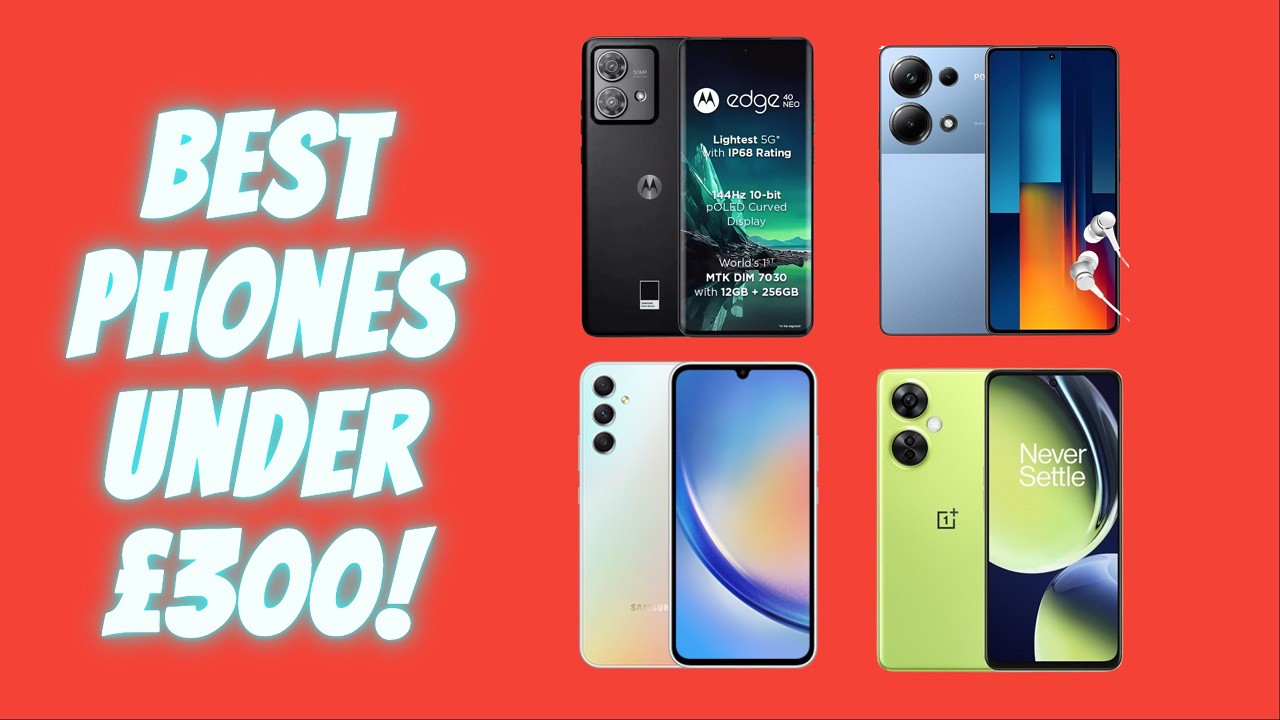

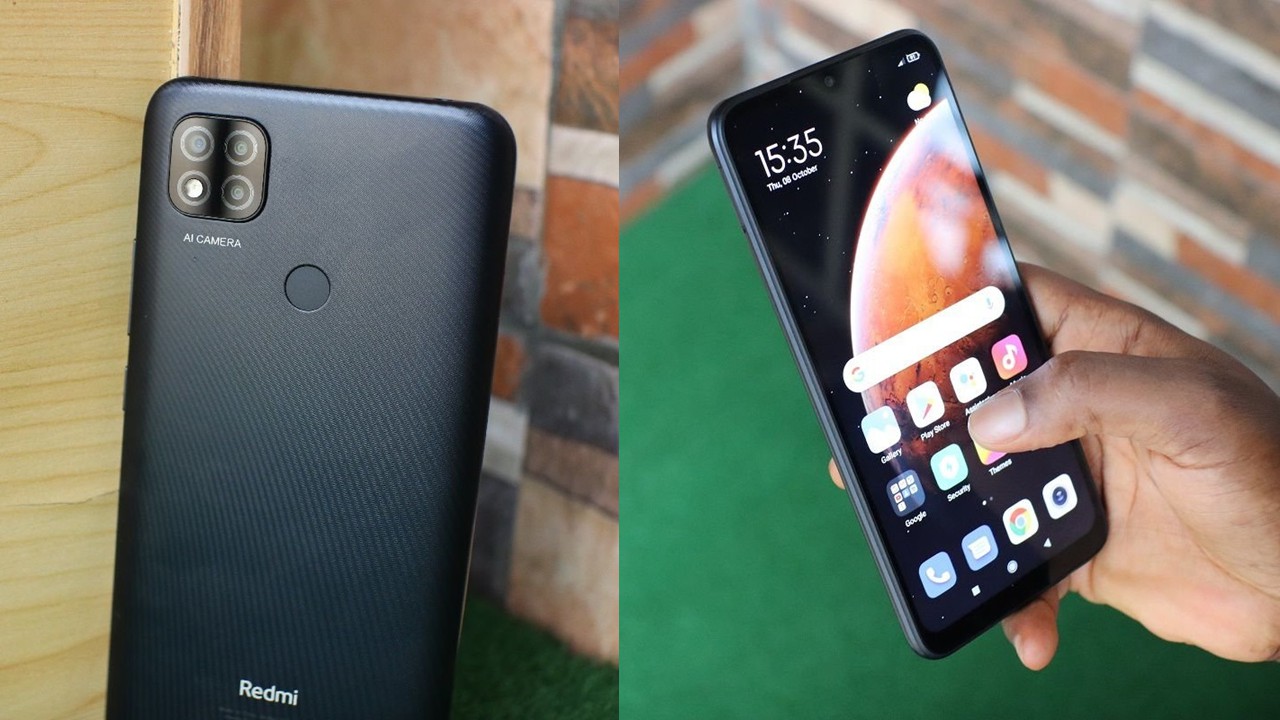
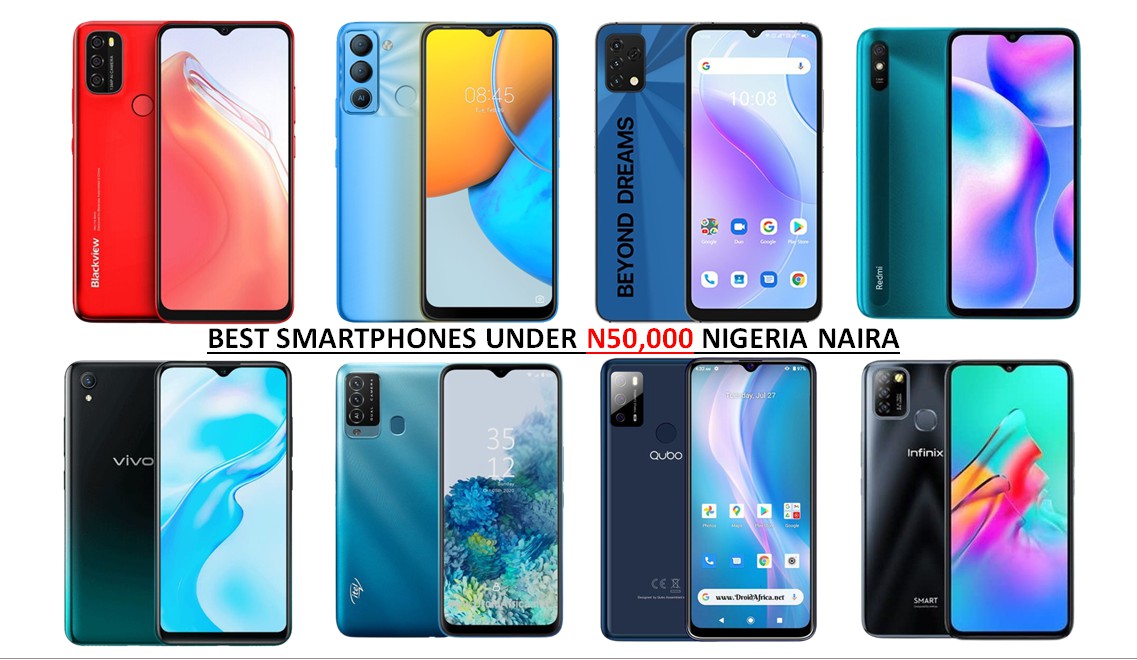
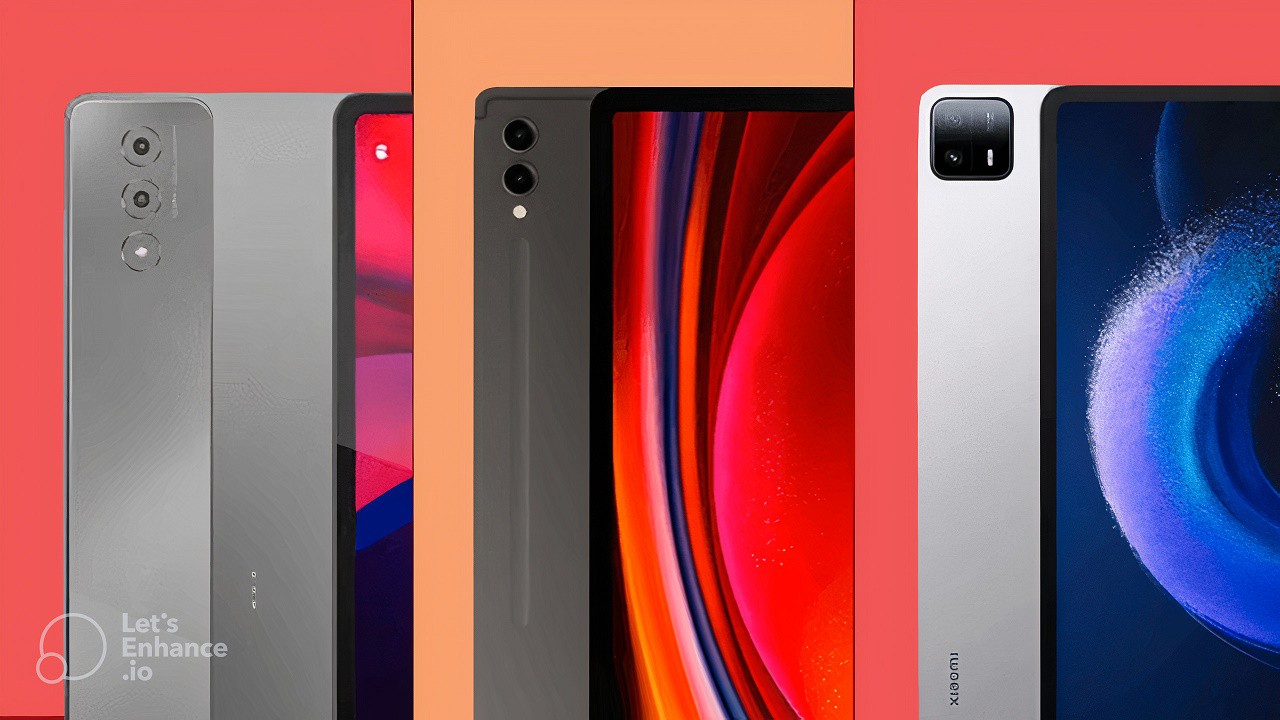
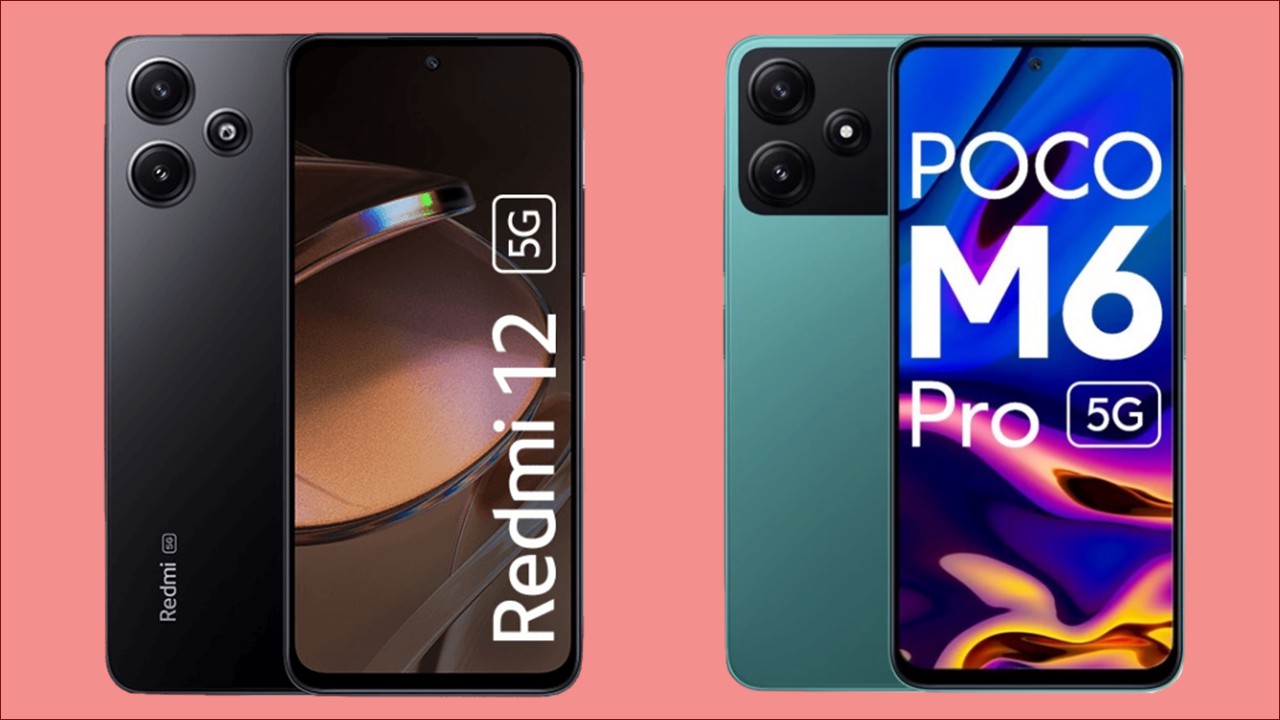


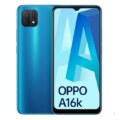
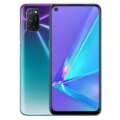
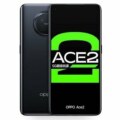
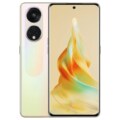
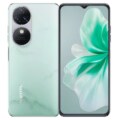
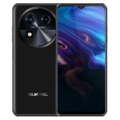
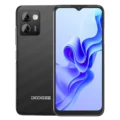

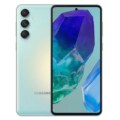
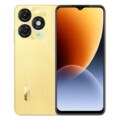

Leave a Reply